As FY25 moves into its final stretch, government contractors are already planning for FY26. The federal buying cycle, evolving procurement trends, and accelerated digital transformation are all shaping how agencies engage with industry partners. For senior leaders, this is the perfect moment to evaluate what worked, what shifted, and what’s coming next.
Below are the top 10 GovCon marketing takeaways from FY25 — along with trends to prepare for in FY26.
1. Targeted Agency Campaigns Outperformed Generic Outreach
Takeaway: Contractors using agency-specific campaigns saw 20–30% higher engagement rates with decision-makers compared to broad, untargeted efforts.
FY26 Forecast: Agencies will continue preferring tailored outreach that speaks directly to mission priorities. Expect deeper investment in AI-driven segmentation and tools like IP targeting and geo-fencing, which extend campaign impact beyond a single location.
2. Early Engagement Paid Off in Higher Capture Rates
Takeaway: Firms initiating contact 6–12 months before RFP release reported win rates up to 40% higher.
FY26 Forecast: Pre-solicitation marketing will become standard practice. A strong go-to-market framework that combines audience research, AI-enhanced messaging, and omnichannel marketing will help GovCon organizations convert faster.
3. Thought Leadership Became a Key Trust Builder
Takeaway: Contractors publishing 4–6 high-quality thought leadership pieces per year saw a measurable increase in inbound agency inquiries.
FY26 Forecast: Agencies are increasingly using thought leadership as a pre-qualification filter. With 82% of federal decision-makers relying on websites and search engines for research, building value-driven content across blogs, webinars, podcasts, and white papers will be critical.
4. Video Marketing Proved Its ROI
Takeaway: Short-form video content had 2× higher engagement than static posts in LinkedIn GovCon campaigns.
FY26 Forecast: Expect more micro-video case studies and personalized pitches. Video marketing in GovCon consistently achieves retention rates close to 95%, compared to just 25% for static content — making it one of the most effective ways to capture attention.
5. AI Tools Drove Faster Turnaround in Proposals and Marketing Collateral
Takeaway: AI-assisted content creation reduced proposal and marketing development time by 25–40%.
FY26 Forecast: AI is moving from “nice-to-have” to essential in both BD and marketing workflows. From tailoring messaging to predictive dashboards, AI in GovCon marketing will shape both efficiency and engagement.
6. Paid Social Gained Traction for Niche Federal Audiences
Takeaway: LinkedIn campaigns targeting federal buyers achieved click-through rates (CTR) up to 0.8–1.2%, above industry averages.
FY26 Forecast: Paid social will be tightly integrated with ABM. LinkedIn’s predictive audiences already show promise, cutting cost-per-lead by 20%. Expect more adoption of advanced targeting techniques across platforms.
7. Partner Marketing Proved Critical for Large Contract Wins
Takeaway: Contractors in strategic teaming arrangements reported higher scores in past performance evaluations.
FY26 Forecast: Partner marketing will expand beyond capture teams to include joint campaigns and co-branded thought leadership. Teams that position themselves as mission multipliers — bridging silos and boosting collaboration — will gain a competitive edge.
8. Data-Driven Campaigns Outperformed Intuition-Led Strategies
Takeaway: Firms using performance analytics to optimize campaigns mid-flight saw 15–20% improvements in conversion rates.
FY26 Forecast: Predictive analytics will guide both marketing and engagement sequencing. Real-time dashboards are becoming strategic tools, surfacing insights that let teams pivot quickly.
9. Website Optimization for Search Paid Off
Takeaway: Contractors investing in SEO for federal-specific keywords saw organic traffic lift by 15–25% year over year.
FY26 Forecast: Search visibility will remain a primary differentiator as more competitors go digital-first. Federal SEO strategies now inform everything from ad performance to audience research, making search optimization foundational.
10. Marketing-Capture Alignment Became a Growth Driver
Takeaway: Organizations where marketing and capture teams jointly planned campaigns reported a 20% higher PWin (probability of win).
FY26 Forecast: Silos between marketing and capture are disappearing, replaced by shared KPIs and collaborative planning. Account-based marketing strategies that align precision targeting with unified value propositions are driving measurable growth.
Looking Ahead: FY26 GovCon Marketing Forecast
Senior leaders should prepare for:
- More aggressive pre-solicitation engagement — outreach will begin even earlier in the buying cycle. A well-defined go-to-market strategy, enhanced with AI, will be essential.
- Deeper AI integration — across prospecting, content creation, and analytics, enabling both personalization and predictive decision-making.
- Stronger compliance alignment — ensuring messaging matches evolving procurement rules and policy language.
- Increased digital competition — success will depend on combining data-driven segmentation with compelling creative and seamless capture integration.
Bottom line: FY26 will reward contractors who combine early engagement, tailored content, and data-driven marketing with a unified capture strategy.


